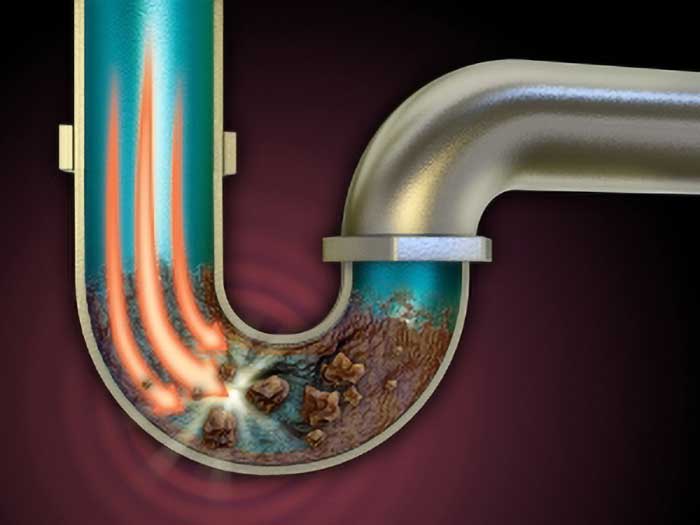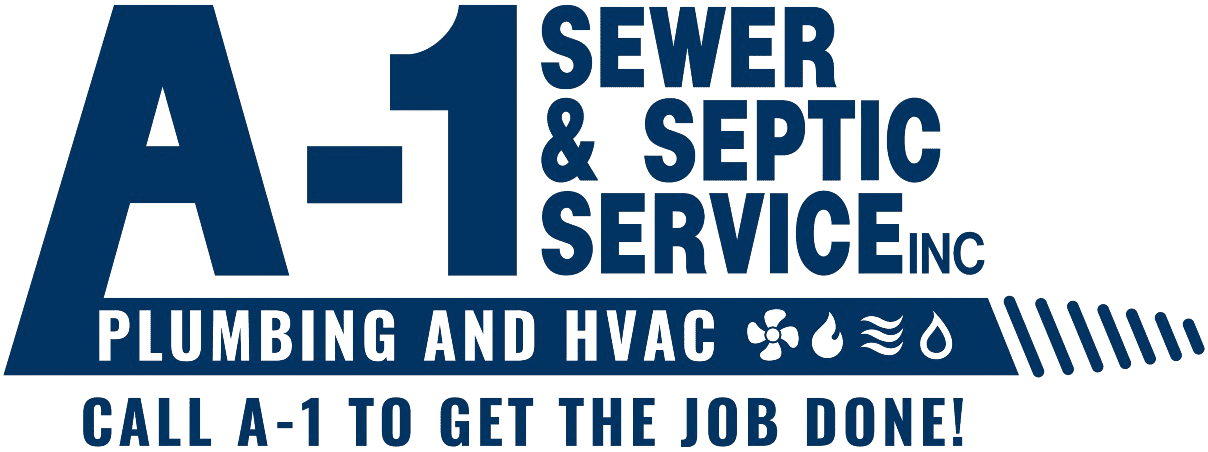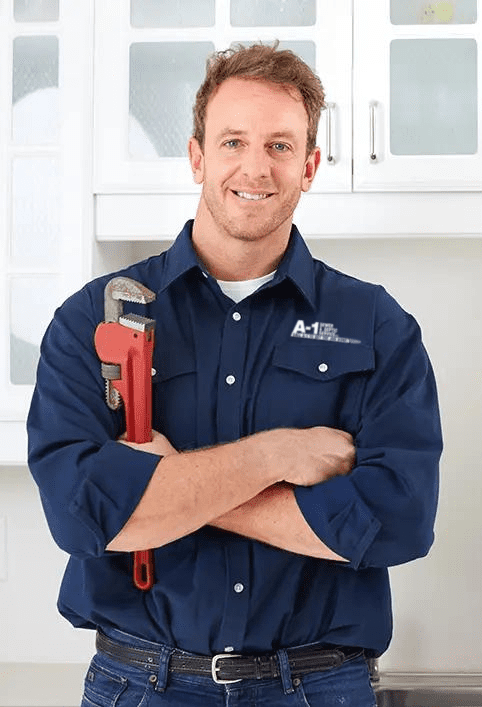There are numerous reasons why a toilet clog can occur, even daily.
A toilet backup or malfunction can occur due to various factors, including improper toilet use, mechanical issues, problems with the toilet drain, sewer lines, or main sewer line, or concerns with your water supply, water pressure, or plumbing vents. Some people use DIY solutions, such as chemical drain cleaners, but these often work less effectively than an auger. Chemical drain cleaners cannot effectively remove tree roots or other significant blockages in drain pipes. This post will cover several reasons why a homeowner’s toilet might be clogged and provide some fixes, as well as offer plumbing tips to keep your toilet from clogging!
Common Causes for a Clogged Toilet
Low Flow Toilet
Simply put, frequent toilet clogs can happen when people expect it to handle more than it can manage. Several factors can cause occlusions, including when people do not flush toilet paper correctly or introduce non-flushable objects into the system. Introducing non-flushable objects or improper flushing can cause problems, which can become more complicated. A toilet bowl clog could indicate that you have a first-generation low-flow toilet. If the timestamp in the tank has a date from 1994 to the middle of 1997, you probably have a low-flow toilet.
Hard Water Deposits
Sometimes, hard water deposits in the plumbing system are to blame. You may notice a white buildup on the portholes, located directly under the rim of your toilet. If this is the problem, you can use a wire hanger or another sharp implement to scrape it off carefully. Then you will need to pour a solution down the tank’s overflow tube. This solution should be one part muriatic acid to ten parts water. After an hour, you will need to re-pour the solution. Removing those deposits should help your toilet flush better, drain faster, and hopefully eliminate the need for a toilet plunger.
Blocked Trap
You may need to take care of objects in the trap, specifically the S-shaped trap located between your bowl and the drain line. Toilets can accept larger particles than kitchen sinks because of the diameter of the sewer lines in the septic system. The trap is there to keep the drain itself from clogging. The trap can get clogged, especially if it encounters objects like a kid’s toy, giant wads of toilet paper, cotton swabs, or paper towels. A DIY solution would be a plunger that can take care of this problem; with the rubber covering the entire hole, push up and down on the handle.
Clogged Drain Line
Unfortunately, the plumbing issue could lie with the drain line itself, as objects or buildup clog the line. A clog will gradually choke out the water supply to the septic tank or sewage system. You can clear this clog with a drain opener that contains a chemical solution with lye. It is even possible, though, for other drain lines to cause this problem. For example, your washing machine line could become clogged so severely that it also affects the line to your septic tank or sewage system. You may need to check the other drains around your house.
None of these worked? You may need to check the water supply line to ensure it’s entirely open; otherwise, your tank may not be getting enough water. Raising your tank’s water level should only take a few quick steps. First, remove the lid from the toilet tank. If there is a float valve, then you will need a screwdriver. Attached to the float, there will be a metal or plastic arm. Use the screwdriver at the end of that arm and turn clockwise. The higher you see the ball go up, the higher the water level will be. You may need to try different adjustments to determine the best level.
If you have a vertical fill valve in your toilet tank, a metal bar extends from the top of the fill valve to the vertical float. On that bar is a retaining spring clip. Squeeze the clip and raise the float as high as possible, then release the clip. That will increase the water level as high as it can go.
If you are still unable to resolve the issue with your clogged toilet, you may need to hire a plumber for assistance. Contact our company to schedule a visit today!
How to Prevent a Clogged Toilet
 We have all seen the commercials of the small child dropping the car keys, cell phone, or toy into the toilet, hitting the lever, and—whoosh—flushing it, down they go. While the commercial may be cute, clogged toilets are not. Even adults put things in the toilet that they shouldn’t. You will be amazed at some of the things you have been flushing that should never, ever be flushed down the toilet.
We have all seen the commercials of the small child dropping the car keys, cell phone, or toy into the toilet, hitting the lever, and—whoosh—flushing it, down they go. While the commercial may be cute, clogged toilets are not. Even adults put things in the toilet that they shouldn’t. You will be amazed at some of the things you have been flushing that should never, ever be flushed down the toilet.
Six Things to Never, Ever Flush
- Dental floss – It’s not biodegradable and can cause minor clogs to become bigger.
- Facial tissues and paper towels may feel like toilet paper, but manufacturers design them to stay together when wet and not dissolve.
- Cotton balls, cotton swabs, and ear swabs/q-tips – These do not break down easily and can cause toilet drain clogs.
- Hair – This can clog toilets, just as it clogs sinks and drains in the shower, causing blockages.
- Tampons and Pads– Even if they say they are flushable, don’t. Manufacturers design them to absorb moisture and expand when wet, including when they come into contact with human waste.
- Prescription Medications – It may seem like an easy method to dispose of these, but they have toxic effects on groundwater.
Frequently Asked Questions
What can I add to my toilet to prevent it from clogging?
To keep your toilet from clogging, only flush toilet paper and human waste. You should not put non-flushable items, such as paper towels, wipes, feminine hygiene products, or foreign objects, in your toilet.
Understanding how to prevent your toilet from clogging can also involve being proactive with light maintenance, such as occasionally pouring baking soda and hot water into the bowl to reduce buildup. However, this is not a substitute for proper use and routine plumbing services. Ensure your toilet flapper and fill valve are functioning correctly to ensure the toilet flushes fully with each use.
How can I tell if my plumbing system has a tree root intrusion
Signs of tree root intrusion in your plumbing system may include:
- Frequent toilet clogs even after using a toilet auger or plunger.
- Gurgling noises from your toilet or drains.
- Slow drains throughout the home, not just from the toilet.
- Sewage odors are around your yard or inside your home.
Tree roots can enter through cracks or gaps near the toilet flange or deeper in your drain lines. A professional plumber can perform a camera inspection to confirm if roots are causing your toilet to keep clogging.
Is it safe to use chemical drain cleaners for toilet clogs?
While companies market chemical drain cleaners as quick fixes, experts do not recommend them for toilet clogs. Most chemical cleaners aren’t effective at unclogging foreign objects, excessive toilet paper, or complex obstructions. Repeated use can damage the type of toilet you have, especially modern toilets with more sensitive components, such as flappers and seals.
If your toilet keeps clogging, a toilet auger or professional plumbing services are safer and more effective than relying on chemicals.
When should I call a plumber for a clogged toilet?
You should call a plumber if:
- Your toilet continues to clog despite your DIY methods, such as plunging or using a toilet auger.
- You hear gurgling sounds when flushing.
- There’s water backing up into sinks, tubs, or other drains.
- You suspect deeper plumbing issues, such as a broken flange, collapsed pipes, or intrusion by tree roots.
Professional plumbing services can address stubborn clogs and inspect your system for hidden issues that may be affecting the performance of your flush toilet.
When do I know if I need a new toilet?
You might need a new toilet if:
- Your current toilet is an older, first-generation low-flow model that doesn’t flush efficiently.
- There are visible cracks in the bowl or tank.
- The toilet leaks regularly, even after replacing the flapper or seals.
- The toilet keeps clogging due to design flaws rather than user error or foreign objects.
Manufacturers design modern toilets with improved flushing technology that helps reduce the likelihood of clogs. If repairs aren’t solving your issues, replacing your toilet could be an innovative, long-term solution.
Contact Our Team For All of Your Plumbing Problems!
Don’t confuse your toilet with your trash can. Manufacturers design the toilet for a specific purpose, and you achieve the best results by disposing of only the items it’s intended to process. Mistakes happen, and when they do, A-1 Sewer & Septic Service Inc. is here to help. We offer affordable plumbing, drain cleaning, and pumping services in Kansas. We’re a local, family-owned, and operated plumbing company, dedicated to helping with all your plumbing needs. Call us today at 913-245-2022.



